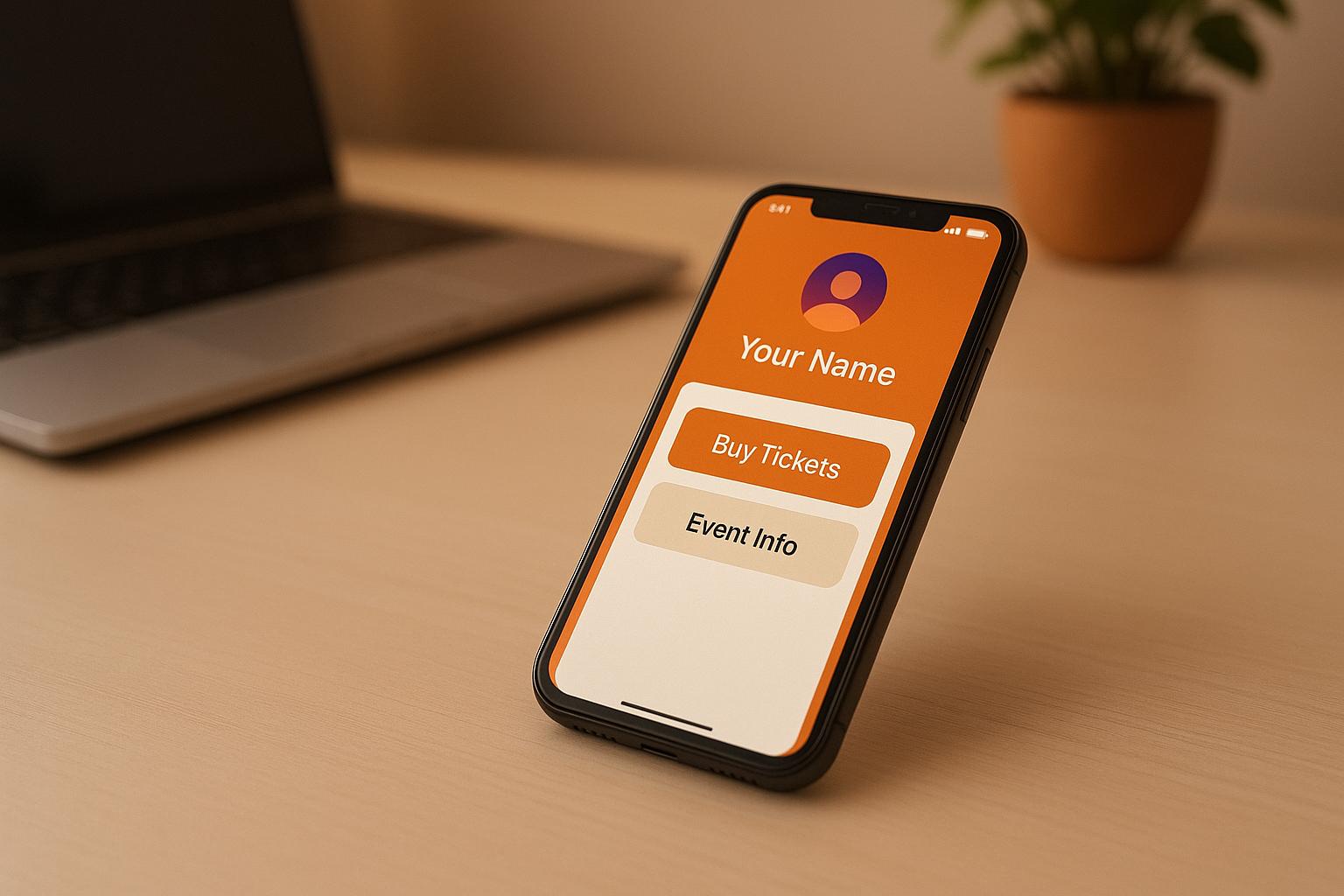Event planning is no longer just about gathering people in a room or on a webinar. Today, successful events are strategic investments that can foster relationships, build brand equity, and deliver measurable returns on investment (ROI). In the digital age, crafting events that drive meaningful sales outcomes or other business goals requires a blend of careful planning, audience understanding, and data-driven analysis.
This article dives deep into the secrets of planning impactful B2B events that maximize ROI, based on insights from an expert with over 20 years of experience in event management. From defining clear goals to segmenting your audience and measuring success, this guide will empower you to rethink how to approach event planning.
The Challenges of Producing Events That Truly Deliver ROI
Many organizations struggle to ensure their events lead to direct, measurable results. The presenter identified three critical challenges common in event planning:
- Defining Clear ROI Goals: Many event organizers lack specific and measurable objectives for their events. Terms like "visibility" or "making an impact" are often used vaguely, making it challenging to assess whether the event was successful.
- Segmenting the Audience: A one-size-fits-all approach often fails to deliver results. Different segments within a target audience have unique needs and motivations, and understanding these nuances is key to delivering value.
- Measuring Success: What should you measure to evaluate the effectiveness of your event, and when? Metrics such as attendance numbers, post-event surveys, or sales figures might not tell the full story unless tied to clear objectives.
To address these challenges, the speaker introduced a structured methodology for event planning and ROI measurement, ensuring that every event delivers clear value to both attendees and the organizing company.
The Event ROI Pyramid: A Framework for Success
At the heart of this methodology lies the Event ROI Pyramid, a six-layer framework designed by event industry expert Erwin Hamsø. This structured approach ensures every aspect of an event is aligned with business goals and attendee needs. Here’s how the pyramid breaks down:
- Target Audience: Start by identifying the correct audience for your event. Consider factors such as job roles, seniority, industry, and even specific pain points they may face. A well-defined audience lays the foundation for success.
- Learning Environment: Create the right setting, whether virtual or in-person, to ensure attendees can absorb new knowledge, network, or engage meaningfully. The environment should align with both the audience's expectations and the event's objectives.
- Learning Objectives: What should attendees take away from your event? Focus on providing actionable insights, whether it's new information, skills, or networking opportunities.
- Behavioral Change: Define how your event should influence attendees and the actions they take afterward. For example, should they trust your product more? Or should they take the next step in the sales funnel?
-
Impact: Track the tangible results of the behavioral changes. The impact can be measured in two ways:
- Increased revenue (e.g., converting prospects to customers).
- Cost savings (e.g., through more efficient training).
- ROI: Finally, calculate the ROI by subtracting event costs from the impact (revenue or savings generated by the event).
How to Apply the Event ROI Methodology
Step 1: Define Clear Goals and Objectives
Start by asking the key question proposed by Erwin Hamsø: What exactly should attendees do differently after the event to create value for your stakeholders? Whether it's making a purchase, subscribing to a service, or advocating for your brand, this clarity will guide every decision.
Step 2: Segment Your Audience
Not all attendees have the same motivations or potential. For example:
- Existing customers may attend to learn about advanced product features, making upselling opportunities more relevant.
- Prospects may need to understand the value of your product, requiring a different approach and messages tailored to their stage in the sales funnel.
- Consultants or partners could serve as brand ambassadors, helping to spread your product's value to their networks.
Tailor your event content and format to address the unique needs of each segment.
Step 3: Build the Right Learning Environment
Design an event experience that aligns with your goals. For example:
- Workshops are ideal for skill-building.
- Webinars can deliver information to a broad audience.
- In-person conferences provide networking opportunities that enhance relationship-building.
Ensure that the environment effectively supports the behavioral change you’re aiming to achieve.
Step 4: Measure Behavioral Change and Impact
Behavioral change, such as increased trust in your product, can be measured using post-event surveys or follow-up discussions. Impact, on the other hand, ties directly to the sales pipeline or cost-effectiveness. For instance:
- Track how many attendees moved from awareness to purchase in your sales funnel.
- Analyze whether your event generated leads that resulted in measurable revenue.
Step 5: Evaluate Timing for Measurements
Timing is critical when measuring success. Some metrics, such as engagement levels or behavioral change, should be assessed immediately after the event. For others, like sales conversions, you may need to wait weeks or months to see the full impact.
Pro Tips for Event Success
- Focus on Value Creation: Every element of your event should provide value to attendees. This value can be in the form of actionable insights, exclusive networking opportunities, or skill-building sessions.
- Leverage Stakeholder Input: Conduct a stakeholder meeting before planning begins to align everyone on the event's purpose and objectives. This collaboration ensures buy-in across the organization.
- Start Small, Then Scale: If you’re unsure about an event idea, test it on a small scale first. For example, run a pilot webinar or a virtual roundtable to gauge interest before committing significant resources.
- Partner Strategically: Collaborate with sponsors, speakers, and community leaders to amplify your reach. A well-chosen partnership can significantly boost visibility and attendance.
Common Pitfalls to Avoid
- Chasing Vanity Metrics: Metrics like attendee numbers or social media mentions are less meaningful if they don’t align with your event goals.
- Ignoring Audience Segmentation: A generic event may struggle to resonate with any audience. Personalization is key.
- Overlooking Follow-Up: The event doesn’t end when the last session concludes. Follow up with attendees to reinforce your message and drive desired actions.
Key Takeaways
- Clarity is Key: Define clear, measurable goals for your event that align with your organization’s objectives.
- Segment Your Audience: Tailor your content and approach to resonate with specific audience groups.
- Focus on Value: Provide actionable insights and solutions that address your attendees' pain points.
- Measure Strategically: Use a mix of immediate and long-term metrics to track success.
- Leverage Partnerships: Collaborating with the right partners can extend your event’s reach and impact.
- Personalization Matters: Make attendees feel seen and addressed by customizing their experience.
- Start Small if Needed: Test your event ideas on a smaller scale before committing to larger, more complex initiatives.
Final Thoughts
Planning events that deliver strong ROI requires a shift from traditional event planning to a strategic, outcome-driven mindset. By adopting a structured methodology like the Event ROI Pyramid and focusing on your audience's needs, you can create events that not only engage but also drive real business results. Whether you're a small business owner, creator, or event producer, these insights will help you craft events that are both unforgettable and financially impactful. Take the time to plan thoughtfully, measure success rigorously, and continuously improve your approach to event planning to see transformative outcomes.
Source: "Events That Drive Sales | Webinar" - SendPulse, YouTube, Aug 14, 2025 - https://www.youtube.com/watch?v=ojOoMnhzE0Y


